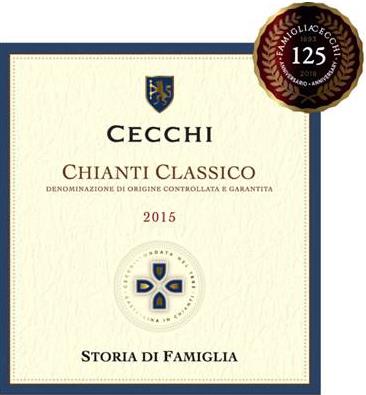Surviving Doomsday
It’s a difficult time right now. The discomfort that stems from the pandemic gripping our lives is to a point where some are out raiding all stock of toilet paper and hand sanitizer in preparation for Doomsday. But there is something critical that you need to have on-hand during such a crisis. You need wine and plenty of it!
Yes, I realized that the wine fridge was approaching DEFCON-3 status, so it was time to load up. I picked up a nice spread of wines, white and red, Old World and New World, cheap ones and splurges. Besides, if the lady who dropped by the store could come in and clean out our stock of White Burgundy since “she doesn’t plan on going out anytime soon,” then these wines are plenty good for us.
Of course if all else fails, we’ll find some cask-strength 120 Proof whiskey to wash both our insides and outsides with. Stay safe out there, everyone.
Here’s the list:
All wines pictured are listed below, from left to right.
Estate Tiblalexis Kokarella White Blend ($13): Get exploring when the world is crumbling around you. Here is a zippy unoaked Greek white blend of the lemony, minerally Assyrtiko and the aromatic Malagouzia.
Essay White Blend ($11): Amazing blend of Chenin Blanc, Viognier, and Roussanne from South Africa; I tried some before buying, and the combination of fruity flavors and long finish make this a wine with incredible value.
La Craie Vouvray ($14): It has been a while since I tried a Vouvray…no time like the present! Chenin Blanc has rapidly become my favorite springtime grape.
Broadley Pinot Noir Willamette Valley ($23): The Greatest Wife In The World and I both really enjoy Pinot Noir from Oregon.
Frescobaldi Remole ($10): If we go through our inventory of wines in the picture quickly, I’ll just keep buying cases of this easy-drinking Sangiovese-based blend while giving some love to the folks in Italy.
Rocca delle Macie Chianti Classico ($16): If we somehow end up sequestered from the rest of society, chances are we are making a lot of pizza and pasta knowing that the kids will eat it. A Chianti Classico will pair nicely with each one of those meals.
Domaine les Semelles de Vent Vacqueyras ($24): I love the Rhone Valley’s expressions of Grenache and Syrah, and when I saw this was a new arrival I did not hesitate to blindly grab it. If you don’t see this specific producer, a Vacqueyras in this price range is where it’s at.
Piazzo Barolo ($39): Live like royalty and drink some Barolo, the Wine of Kings and the King of Wines (and for Medieval authenticity, complete with infectious disease running rampant around your castle!). Piazzo makes an outstanding range of wines, all of which can be found at outstanding value. Treat yourself…you deserve it.










